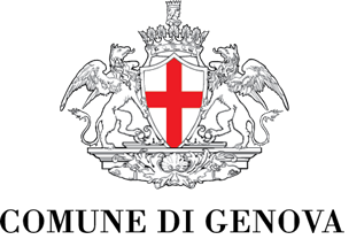Click here to view image
Titolo dell'opera:
Perspective view of the city of Savona in the 17th century
Acquisizione:
Eugenio Cattaneo 22/10/1931 - acquisto
Ambito culturale:
ambito italiano
Autore:
Anonimo
Object Type:
painting
Epoca:
1601 - 1620 - XVII
Inventario:
3500
Misure:
Unità di misura: cm; Altezza: 155; Larghezza: 180
Tecnica:
olio su tela
Ultimi prestiti:
ex museid
Descrizione:
Due to its coastal location, which makes it the most important port on the western Ligurian Riviera, Savona was often threatened by lords and powers who coveted control over nearby Genoa.
Contested by the Byzantines and Lombards during the Middle Ages, it became a free commune in 1191. More than three centuries of alternating fortunes followed: the economic growth of the 12th and 13th centuries was followed by a period of stagnation that lasted until almost the middle of the 15th century. In the second half of the 15th century, the city experienced an economic and political recovery, favoured by several factors, including the election of two Savona nobles as popes: Francesco Della Rovere (Sixtus V), pope from 1471 to 1484, and his nephew, Giuliano Della Rovere (Julius II), pope from 1503 to 1513. Around 1460, the young Christopher Columbus moved to Savona: with the decline of the political power of the Fregoso family, for whom his father Domenico had fought, his future in Genoa had become uncertain. Savona was also a good place to do business, thanks to the city's modest size, its connections with Piedmont and the Po Valley, and its port, which also benefited from the nearby roadstead of Vado. Here, Domenico practised the art of wool-working and ran a tavern. Christopher helped his father in his business and thus had the opportunity to embark from Savona on numerous voyages that would take him to the coasts and ports of the western Mediterranean. Perhaps it is no coincidence that the only Ligurian place name in the Caribbean Sea is Saona: this is the name given to a beautiful island south-east of Hispaniola. Columbus left Savona at the age of twenty-five. In 1528, the Republic of Genoa decided to subdue once and for all what it considered not only a competitor in trade but above all a destabilising factor for the Rivieras, which were the object of the ambitions of the neighbouring Duchy of Savoy. But Columbus did not witness this: he had already been dead for over twenty years. The painting depicts Savona after the Genoese conquest of 1528, as evidenced by the Priamar fortress to the left of the town. It is considered the oldest view of the city.


